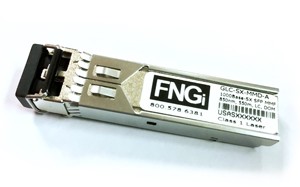FOR IMMEDIATE RELEASE
First Network Group, Inc. Proudly Completes One Million Support Calls
Handling their first support call over 20 years ago, First Network Group, Inc. reaches another major milestone by making their One Millionth support call!
Wapakoneta, OH (July 2017)
First Network Group, Inc. is proud to announce a major milestone in the history of the company– their one millionth call produced by their Technical Support and Customer Care Call Center.
Small businesses are judged by longevity and First Network Group has already proven their mettle in that area by surpassing 20 years in business in July 2016. However very few companies can claim the benchmark of one million support calls. If you think you’re on the phone a lot, making one million calls adds up to nearly 400 days of non-stop talk time!
The past one million calls have been made been made at First Network Group’s home office, in the small town of Wapakoneta, Ohio. Each one of these calls has focused on providing the special type of warmth and neighborly approach that can only be found in a small Midwestern town.
First Network Group has always maintained a customer first attitude, which explains why they’ve been so successful. “We’ve always said, we could support Internet, TV, telephone or whatever, but at the heart of it all was the desire to help make someone’s life easier and more enjoyable through the use of technology,” states Cory Lykins, Vice President of Tech Services.
Small town values, a customer-friendly and focused approach and dedication to bringing technology in reach of everyone– it’s clear to see why First Network Group has enjoyed so much success through the years.
About First Network Group, Inc.
First Network Group Inc. is a specialist in building and maintaining Internet Service Provider Networks. Based in Ohio, it provides Server Administration, Network Engineering, and 24×7 emergency monitoring to reduce ISP/NSP downtime. FNGi developed and sells the DHCPatriot– a DHCP accounting and authentication server appliance. FNGi has a flexible and robust Call Center that provides multi-product End-user Technical Support Services and Customer Care options 24/7/365.
www.network1.net
Press and Media Inquiries
Cory Lykins
First Network Group, Inc.
P: +1-800-578-6381
E: info@network1.net
###

